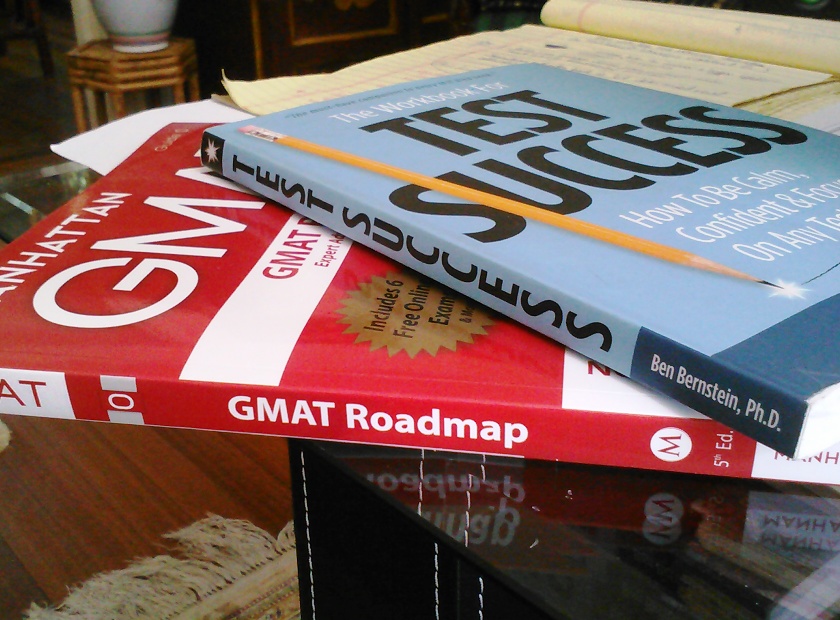Telling Stories at the MBA Interview
It’s the middle of the MBA applications cycle and some of you are working on essays, while others are preparing for interviews with admissions committee members or alumni. Congratulations! But now it’s time for more work.
The goal of the interviewer is to figure out what kind of a person you are in the flesh. But there’s a question behind that question too—they want to know how you will fit in. And it’s not just about “fit,” which is a mushy term no different than that used a fraternity or sorority rush. It’s about being different enough to add to the mix, being able to get along, and most of all, being able to contribute.
You can find lots of tips, and even questions that interviewers ask. But I’d like to frame it from a different angle:
1. The interviewer thinks as a study group member
The interviewer wants to know what kind of a study group member you will make. Are the other members of the team going to be excited because of your industry or academic perspective? Will you be able to add something from a global perspective? From a business success or failure? The interviewer is looking for someone who is going to pull her own weight and make the team stronger.
So you’ve got 30 – 45 minutes to show your stuff. Your interviewer is channeling those three or four other study group members, those who have earned their way into a very competitive school, and want to know what you bring to the table.
2. Create a portrait through vignettes
You’ve got to tell stories. I like to think of these stories as vignettes – brief scenes, as in a movie. According to Wikipedia, a vignette is a “short impressionistic scene that focuses on one moment or gives a trenchant impression about a character, an idea, or a setting.” You are telling stories that give a “flash” impression of you. Another definition of vignette is a portrait – and that’s what you are doing: filling out the portrait of yourself that you began with your essays.
What kind of stories are you going to tell? Yes, it’s ok to tell some of the same stories that were in your application. But tell them in a way as if you were talking to your three or four study group members. Tell them why they want you on their team. Tell them why you will work smoothly together, how you will help them with their thinking about a problem, tell them not just how much fun you are, or what a great leader you are, but how you will help *them* succeed.
3. Make it Stick
Stanford business school professor Chip Heath and his brother, Dan, a fellow at Duke’s Fuqua Center for the Advancement of Social Entrepreneurship, wrote a book a few years ago called Made to Stick. This book, about how ideas gain traction, made it very clear that people have to “get” your message. And what’s the biggest recommendation? Tell stories. Tell stories that are concrete, with a real problem and a real solution. And who is the hero? You.
4. Stay humble
Granted, you are telling stories about why you are great. (P.S. You are!) But don’t overdo it. You’ve done some great things, and you can add to the party, but those study group members will be turned off if you show up like you are too cool for school. UC Berkeley comes out and says that they their students possess confidence without attitude. I think they are onto something.
So tell them sticky stories (without being arrogant) about what you will bring to three diverse members of this very competitive business school.
Piece of cake.





